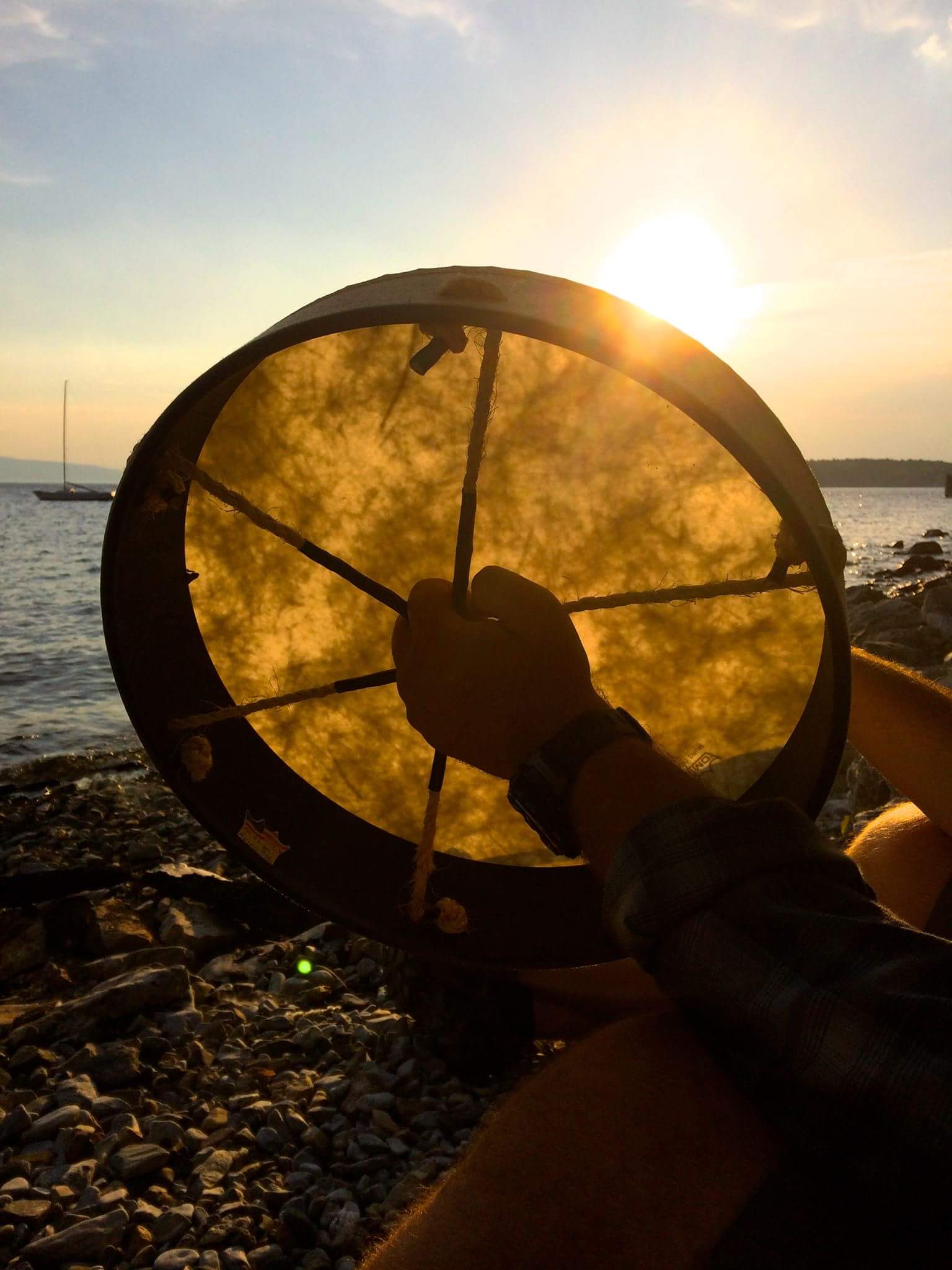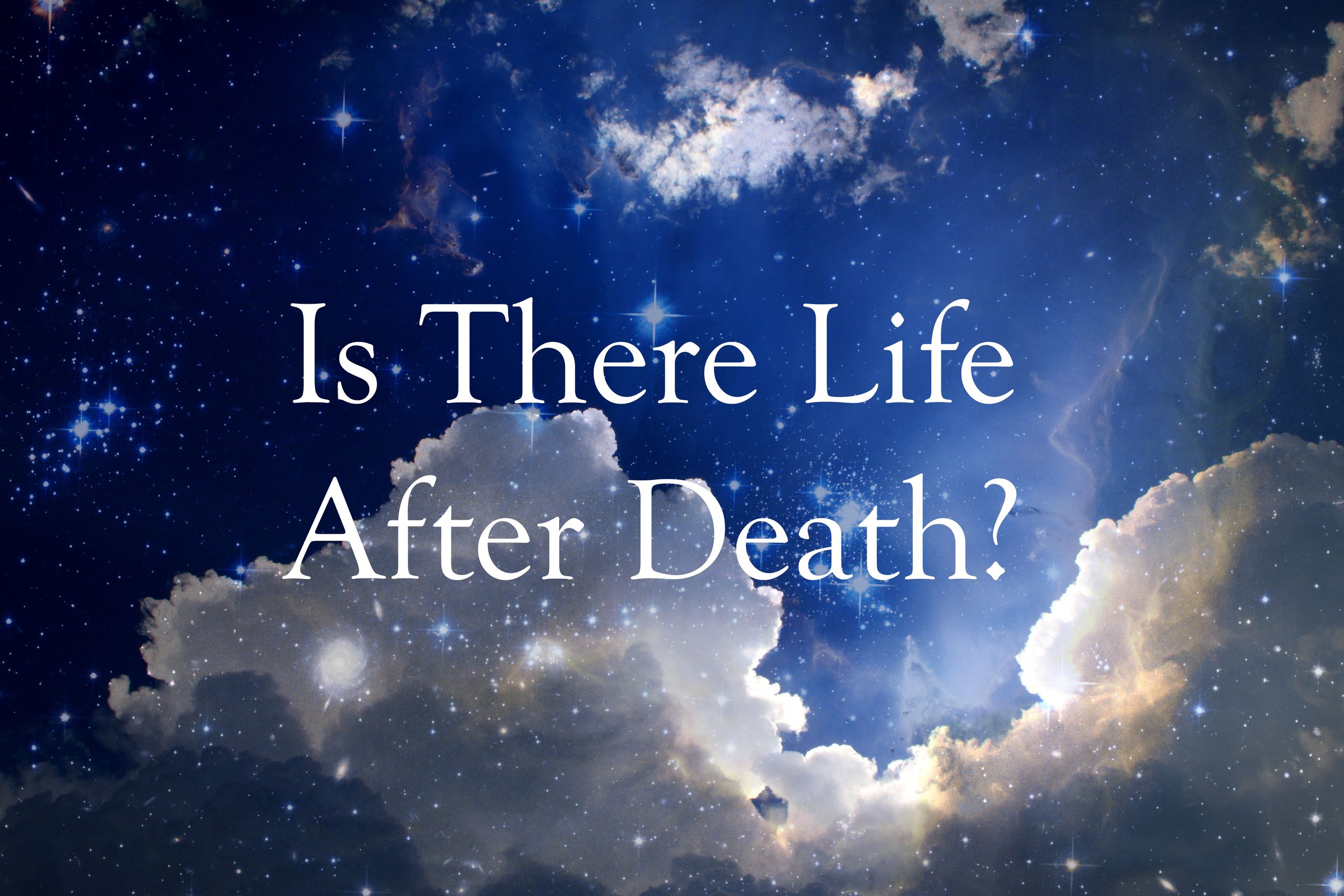What is Shamanism? (Part 2)
The definition of a shaman or shamanism is a paradox in itself is because the life and role of a shaman is multilayered and multi-dimensional. There are many similarities, but there are also many differences when looking at cultures from across the globe. From the Western perspective, it might be thought that any/all indigenous or native cultures practice shamanism or engage in shamanic techniques, but that might not be the case at all. Many cultures could contain certain similar beliefs, but not all would classify themselves as shamanic. For example a healer or medicine man might use herbs to help cure illness but that doesn’t make him a shaman (Freke, 2000).
From my understanding and experience, a shaman is a deal maker. He or she takes on a very large responsibility for his or her community; the shaman is the “community” is some way. As strange as it sounds, a shaman deals with the spirits and the ancestors by answering their calls and requests. Shamans are the mediators between this world and the spirit world. Their job is to make contracts and deals with the spirits, like a lawyer (Freke, 2000).
The shaman is deeply rooted and allied with nature (Freke, 2000). Mayan-trained shaman, Martin Prechtel, states that, “The shaman is someone with a special intimacy with nature who can speak for the village community in the spirit world” (Freke, 2000, p. 106). Martin also mentions that shamans are also the “fix-it" people, and that they are the technicians of the spirit realm. The topic of shamanism has been portrayed and studied by mainly anthropologists and some psychologists (Walsh, 2009). Martin Prechtel is a Westerner that grew up on a Pueblo Indian reserve who found himself in the heart of Guatemala to apprentice to become a shaman with a traditional Mayan healer. Prechtel was initiated into the tribe to learn the Mayan culture and tradition. After training for many years and after his teacher had passed, Prechtel slowly became the head shaman of over 30-thousand Mayan villagers. He offers first-hand experience and wisdom of how these cultures really operate. Besides having an observational standpoint that many anthropologists have, Martin has actually lived inside the culture, and truly mastered their rituals and ceremonies.
One particular and interesting topic among shamanism that deserves attention while talking about non-ordinary experiences is the spontaneous illness or near-death experience that a young man or women has before taking on the role of becoming a shaman. Martin Prechtel states, “No one is simply trained to be a shaman. They have to be born for it. The spirits have to choose you” (Freke, 2000). Anthropologists have considered shamans to be “wounded healers” (Grof, 2006) because of the series of trials and tribulations a future shaman has to go through.
References:
Freke, Timothy (2000). Shamanic wisdomkeepers: Shamanism in the modern world. Godsfield Book.
Grof, Stanislav. (2006). The ultimate journey: Consciousness and the mystery of death. Sarasota, FL: MAPS
Walsh, Roger. (2009). The world of shamanism: New views of an ancient tradition. Woodbury, MN: Llewellyn Publications










